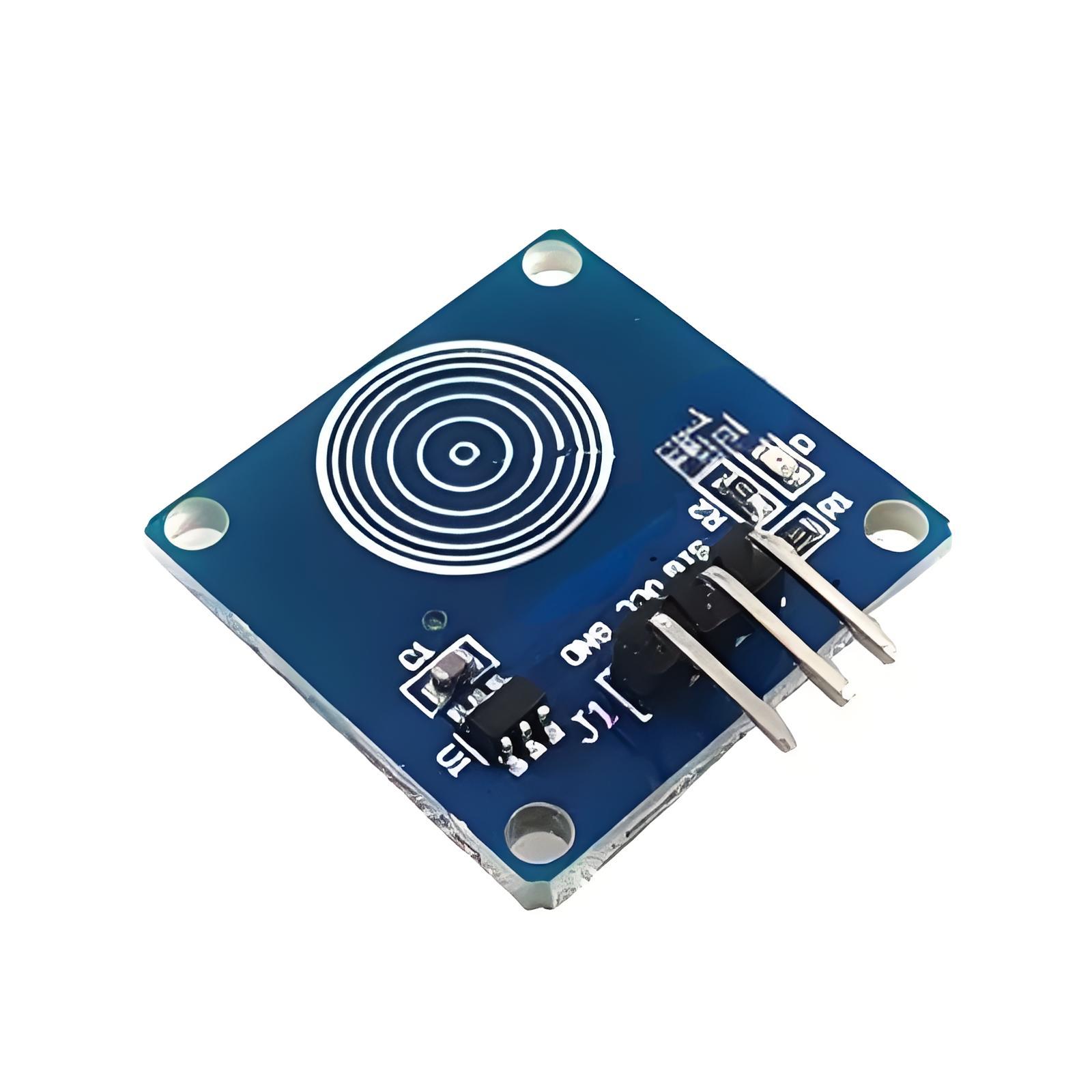In the ever-evolving world of electronics and user interfaces, capacitive switches have emerged as a sleek, durable, and intuitive alternative to traditional mechanical switches. From smartphones and kitchen appliances to industrial control panels, these touch-sensitive components are redefining how we interact with technology. In this blog, we’ll explore what capacitive switches are, how they work, their advantages, and their applications across industries.
What Are Capacitive Switches?
Capacitive switches are touch-sensitive controls that detect the presence or proximity of a conductive object (like a human finger) through changes in capacitance. Unlike mechanical switches that rely on physical movement to complete a circuit, capacitive switches operate without moving parts. Instead, they use the principles of capacitive coupling to trigger actions.
How Do Capacitive Switches Work?
The science behind capacitive switches lies in the concept of capacitance—the ability of a system to store an electric charge. Here’s a simplified breakdown of their operation:
- Electrode Layer: A capacitive switch consists of a sensor electrode made from a conductive material (e.g., copper or indium tin oxide) embedded beneath an insulating surface (e.g., glass, plastic, or acrylic).
- Capacitive Field: The electrode generates a weak electrostatic field. When a finger approaches the surface, it disrupts this field, altering the capacitance.
- Signal Detection: A controller circuit measures the change in capacitance and translates it into an electrical signal, triggering the desired response (e.g., turning on a light or adjusting a volume slider).
This technology is the same principle behind smartphone touchscreens, but capacitive switches are optimized for simpler, single-point controls.
Key Advantages of Capacitive Switches
- Durability: With no moving parts, capacitive switches are highly resistant to wear and tear. They can withstand millions of actuations, making them ideal for high-traffic environments.
- Sleek Design: Their flat, seamless surfaces allow for modern, easy-to-clean designs—perfect for appliances, medical devices, or public interfaces.
- Sensitivity and Precision: Capacitive switches respond to light touches and can even detect proximity (hovering), enabling gesture-based controls.
- Water and Dust Resistance: Since they don’t require physical openings, capacitive switches are easier to seal against environmental factors.
- Customizability: Backlighting options (e.g., LED indicators) and customizable touch zones enhance user experience and aesthetics.
Applications Across Industries
- Consumer Electronics:
- Smartphones, tablets, and wearables (e.g., touch-sensitive home buttons).
- Home appliances like microwaves, coffee makers, and induction cooktops.
- Automotive:
- Dashboard controls, infotainment systems, and steering wheel interfaces.
- Modern electric vehicles (EVs) often use capacitive panels for a futuristic look.
- Industrial and Medical:
- Hygienic, easy-to-sanitize interfaces for medical equipment.
- Robust control panels for machinery in factories or outdoor settings.
- Smart Home Technology:
- Touch-sensitive light switches, thermostats, and security systems.
Challenges and Considerations
While capacitive switches offer numerous benefits, they’re not without limitations:
- Cost: They are generally more expensive than mechanical switches due to complex circuitry.
- Environmental Interference: Extreme temperatures, moisture, or electromagnetic interference can affect performance.
- Gloved Hands: Standard capacitive switches may not detect non-conductive materials (e.g., gloves), though advanced models address this with higher sensitivity.
Innovations in Capacitive Switch Technology
Recent advancements are pushing the boundaries of capacitive switches:
- Multi-Touch Zones: Enable gesture controls (e.g., swiping or zooming).
- Haptic Feedback: Simulate the “click” feel of mechanical switches using vibrations.
- Projected Capacitive Technology (PCT): Allows for thicker overlays and improved durability.
Conclusion
Capacitive switches represent a fusion of elegance, functionality, and reliability. As industries prioritize user experience and durability, these touch-sensitive controls are becoming indispensable in modern design. Whether you’re tapping a smartphone screen or adjusting your car’s climate settings, capacitive switches are quietly powering the interfaces of tomorrow.

